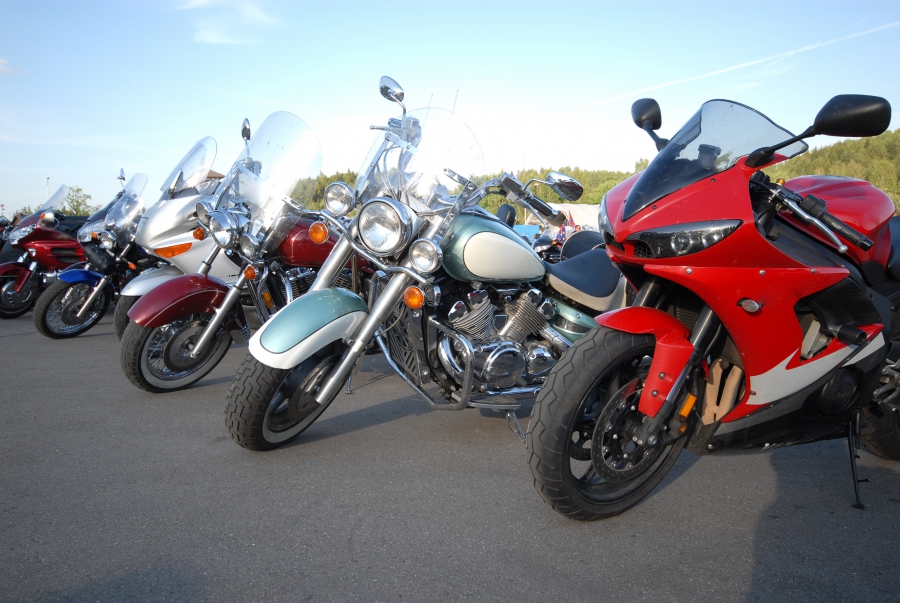Tips For The New Motorcycle Owner, Part Two
Aug 16th 2017

If you’ve recently purchased a motorcycle, congratulations! Motorcycles are a fun and cost efficient form of transportation. Before you hit the pavement to test out your new set of wheels, there are a few motorcycle riding basics worth looking into.
RC Components is proud to offer some of the best custom motorcycle wheels and accessories on the market today. If you’re interested in upgrading your motorcycle wheels, or you need a new exhaust header, browse our online store today!
The Basics of Riding a Motorcycle

Once you’ve made sure that everything on your motorcycle is functioning as it should, it’s time to hit the pavement! The motorcycle experts at RC Components have come together to create a list of beginner riding habits. Let’s take a look at some of these tips below.
Keep Your Heels In
If you ride a sports bike, you’ve probably noticed that right next to the pegs where you put your feet are little diamond-shaped metal plates. These plates are used to separate your foot from the internal workings of the motorcycle, and they’re not just there for show. To utilize these plates, all you have to do is move your foot closer to the bike until your heel pushes up against them. While you may not think this will make a big difference to your ride, it’s the best way to keep your feet and legs safe from external elements.
Stay Loose On Top and Tight on the Bottom
Many new motorcycle riders feel the need to tense up when they first start riding their bike. The ideal position for your body when riding a motorcycle is to make sure you’re loose on the top, and tight on the bottom. What exactly does this mean? It means that you should squeeze your thighs together so your legs are gripping the tank. Make sure that your ankles are pressing into the bike as well. This will help you stay stable should anything happen when you roll over a speed bump or take a sharp turn.
While it’s important to stay strong and stable with the lower half of your body, you’ll want to make sure your upper half is loose and limber. Try to avoid making a death grip on the handlebars, as this can impair your overall control of the bike.
Counter Steering
When it comes to turning on your motorcycle, you’ll want to learn how to counter steer. This is a method that is used by most single track vehicles to initiate a turn. The idea behind counter steering is that the rider briefly steers counter to the direction they actually wish to travel. For example, if you want to turn left, you would lean to the right and steer left.
As you can see, there are many important things to keep in mind when riding a motorcycle. If your looking to upgrade your current set of wheels or you need bolt-on custom accessories for your bike, browse RC Components impressive online store today!
